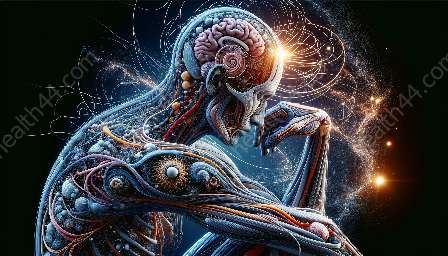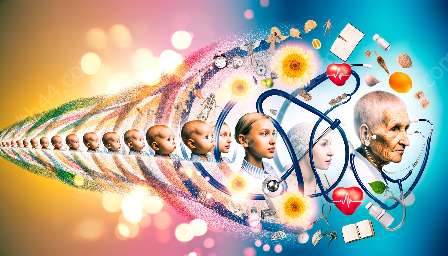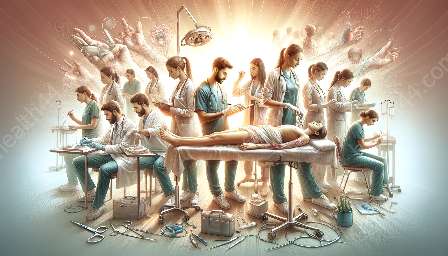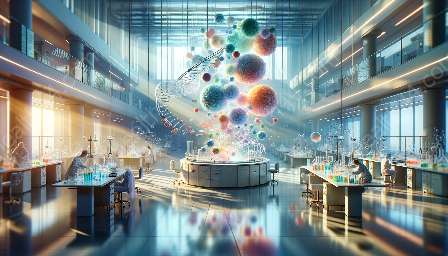Medical imaging is a powerful tool that enables healthcare professionals to visualize the interior of the human body, aiding in the diagnosis, treatment, and monitoring of various medical conditions. This topic cluster explores the diverse aspects of medical imaging, its significance in health education and medical training, and its broader impact on health.
The Role of Medical Imaging in Healthcare
Medical imaging encompasses various techniques and technologies that produce visual representations of the human body's interior for clinical analysis and medical intervention. It plays a vital role in diagnosing and treating diseases, as well as in conducting medical research.
Importance of Medical Imaging
Medical imaging serves as a cornerstone of modern healthcare, providing invaluable insights into the internal structures and functions of the body. It facilitates early detection and accurate diagnosis of diseases, aids in treatment planning, and enables monitoring of treatment outcomes.
Key Modalities of Medical Imaging
There are several modalities of medical imaging, each with its own strengths, limitations, and applications. These modalities include but are not limited to:
- X-ray Imaging: Utilizes electromagnetic radiation to create images of bones, organs, and tissues;
- Computed Tomography (CT): Uses X-rays to create detailed cross-sectional images of the body;
- Magnetic Resonance Imaging (MRI): Employs strong magnetic fields and radio waves to generate detailed images of soft tissues and organs;
- Ultrasound: Relies on high-frequency sound waves to visualize internal structures;
- Nuclear Medicine Imaging: Involves the use of radioactive substances to diagnose and treat medical conditions.
Impact on Health Education and Medical Training
Medical imaging plays a crucial role in shaping the education and training of healthcare professionals. It provides medical students, residents, and practicing clinicians with a deeper understanding of anatomy, pathology, and clinical procedures. Through medical imaging, healthcare professionals gain the skills necessary for accurate interpretation of images and effective utilization of imaging modalities in patient care.
Integration of Medical Imaging into Curriculum
Health education programs integrate medical imaging into their curricula to equip future healthcare professionals with the knowledge and skills required to leverage imaging technologies for improved patient care. Understanding medical imaging principles and techniques is essential for healthcare students across various disciplines, including radiology, oncology, cardiology, and surgery.
Advanced Training in Medical Imaging
Specialized training programs in medical imaging are designed to provide in-depth knowledge and hands-on experience with different imaging modalities. These programs cater to radiologists, technologists, and other allied healthcare professionals, ensuring they are proficient in utilizing the latest imaging technologies for accurate diagnosis and patient care.
Future of Medical Imaging Technology
The field of medical imaging continues to evolve, driven by technological advancements and innovative research. The future of medical imaging technology holds promising developments that are poised to enhance diagnostic capabilities, improve patient outcomes, and revolutionize healthcare practices.
Emerging Technologies
Advancements in medical imaging technologies such as artificial intelligence (AI), 3D imaging, and molecular imaging are opening new frontiers in healthcare. AI algorithms are being developed to assist in image interpretation, early detection of diseases, and personalized treatment planning. Moreover, 3D and molecular imaging techniques offer unprecedented insights into the structure and function of biological systems, paving the way for more precise diagnostics and targeted therapies.
Enhanced Patient Care
The integration of cutting-edge imaging technologies into clinical practice holds the potential to elevate the standard of patient care. From more accurate and efficient diagnoses to personalized treatment strategies, the future of medical imaging technology is poised to positively impact healthcare delivery and patient outcomes.

















